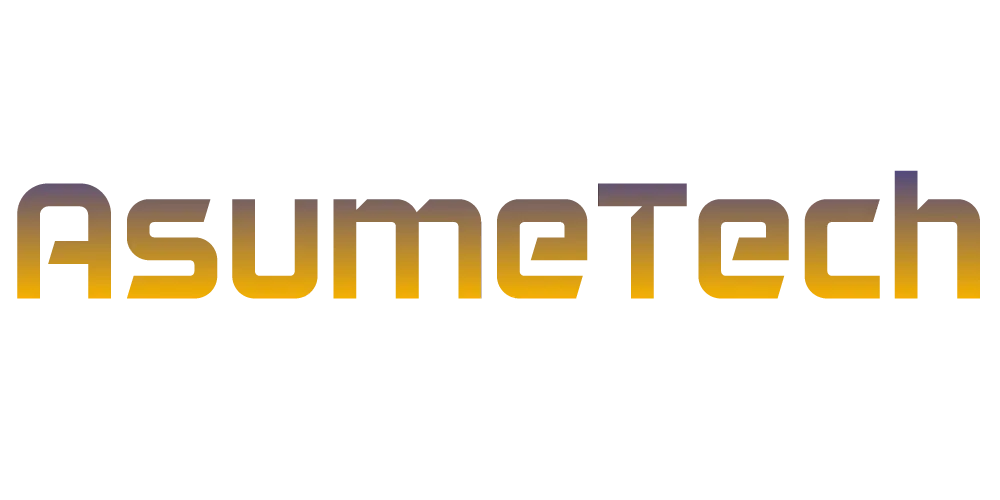Researchers have learned more about how the brain locks long-term memories into its storage slots.
The new study looks at a “zoom” or “undefined area” within the brain: we don’t know much about it, but we do know that it appears to be linked to memory formation along with the neocortex, the largest part of the brain. cortex.
In training tests conducted on mice, the researchers analyzed how the connections between the affected area and the neocortex function, focusing on synapses (connections between nerve cells) and inhibition (rearrangement of nerve cell activity).
Neuroscientist Anna Schroeder from the University of Freiburg in Germany says: “The results were striking. While about half of the synapses developed stronger positive responses during learning, the other half did just the opposite. In fact, what we observed was a complete redistribution. inhibition within the system due to learning.
When the brain forms memories, it integrates both “upward” signals from the environment and “downward” signals generated by itself; For example, these downward signals may be influenced by our current goals or past experiences.
The uncertainty zone deals with a less common type of downward signal called long-term braking distances. Top-down signals are usually illuminated or excited by neural pathways, while these types are inhibitory, inhibitory, and intercept those pathways as needed.
The diversity of the strengths of the brain’s synapses and nerve cell circuits is essential for the formation of memories and helps the brain evaluate what we experience: everything that happens to us somewhere on a memorable scale.
And these tests show the coding of the “undefined region” of previous experiments in a special two-sided way that has not been observed before. Additional tests in which the “indeterminate zone” pathways were blocked led to learning disabilities in mice.
“This association suggests that activation of the affected area should result in a net excitation of neocortical circuits,” says Schroeder. However, combining this with the redistribution of inhibition that we observe in training shows that this pathway likely has richer computational implications for the modern cortex. treatment.
This is all relatively high-level neuroscience, but the bottom line is that we now know more about how a mysterious region of the brain affects memory and learning — and does so in strange and unexpected ways that scientists are particularly interested in.
And as more research explores the role of the “undefined zone,” we’re beginning to understand just how powerful it is: it’s now linked to sleep, nutrition, pain, and anxiety.
In addition, this area is regularly used to treat Parkinson’s disease, although scientists are still not sure why it helps treat symptoms. And future research like this should help unravel the mystery and many other mysteries.
“Ultimately, we hope this study will inspire other investigators to further explore the role of long-range inhibition in the regulation of neocortical function, both from an ‘undefined area’ and from additional, as yet unidentified sources,” says neuroscientist Johannes. Letzkus from the University of Freiburg.
The study is published in the journal Neuron.
Source: Science Alert

